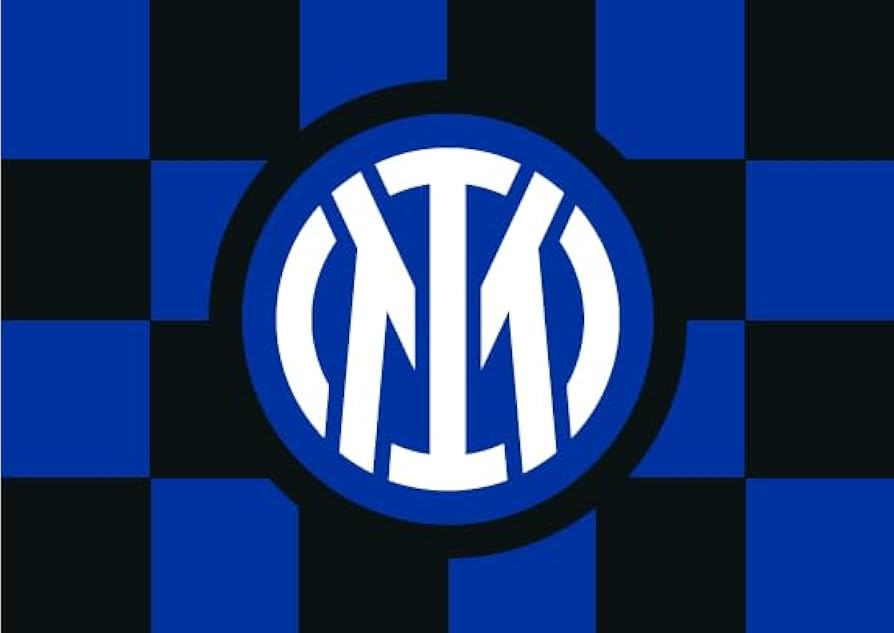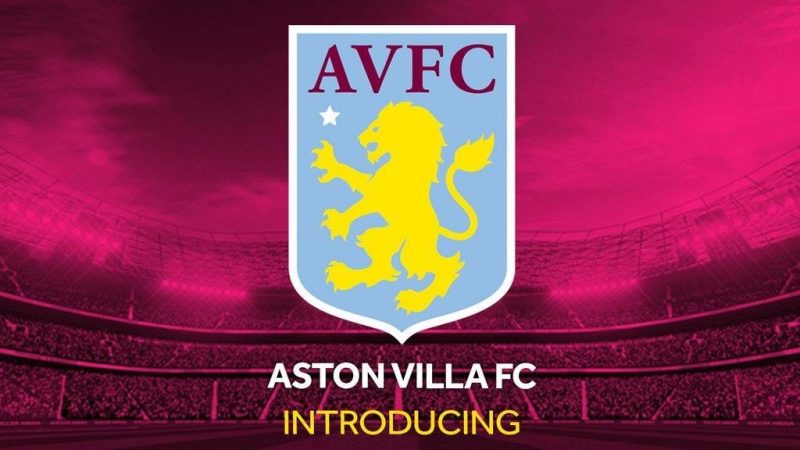
Inter FC
No discussion about Inter FC would be complete without highlighting the legendary players who have donned their iconic blue and black jersey. From the early days to modern stars, these athletes have left an indelible mark on the club’s history in 88CLB
The Early Legends
In the early years, Inter FC was graced by the talents of players like Giuseppe Meazza, arguably one of Italy’s greatest forwards. His explosive style of play and knack for scoring crucial goals placed him at the forefront of Italian football.
Meazza’s legacy extends beyond his goal-scoring records; he also embodied the fighting spirit of Inter. His contributions helped establish the club’s dominance during the 1930s, adding multiple championships to their trophy cabinet.
As the club evolved, other players like Aurelio Milani and Armando Picchi took center stage, bringing with them fresh energy and skill. They laid the groundwork for the club’s future success and inspired the next generation of players to uphold Inter’s values.
The Golden Era of the ’60s and ’70s
The 1960s marked another golden chapter in Inter FC’s saga, often referred to as the “Grande Inter” era. Under the managerial genius of Helenio Herrera, the team adopted a revolutionary defensive system known as “Catenaccio.” This strategic shift led to unprecedented success, including back-to-back European Cup victories in 1964 and 1965.
During this period, players like Giacinto Facchetti and Sandro Mazzola emerged as icons of the club. Facchetti, the epitome of a modern full-back, redefined his position with his attacking runs and solid defensive capabilities. Mazzola, a forward with a keen sense of positioning and creativity, became synonymous with Inter’s attacking prowess.
Their combined brilliance not only won matches but also instilled a deep sense of pride and identity among the fans. This era reinforces the belief that great teams are built on a foundation of strong player relationships and a shared vision for success.
Modern-Day Heroes
As we streamline into the modern age, Inter FC has continued to attract exceptional talent. Players like Javier Zanetti, Ronaldo Nazário, Samuel Eto’o, and currently, Lautaro Martínez have all significantly contributed to the club’s legacy.
Zanetti, who captained the team for nearly two decades, is revered not only for his incredible performances on the pitch but also for his leadership and professionalism off it. His dedication to the club and its fans earned him a special place in Inter’s history.
Ronaldo brought a level of flair and finesse that captured the imagination of fans worldwide. Despite battling injuries, his impact was undeniable, and he left a lasting legacy that continues to inspire young players today.
Eto’o’s arrival marked another significant moment, culminating in the treble-winning season. His relentless work ethic and hunger for goals played a pivotal role in ensuring Inter’s success, further enhancing the club’s reputation on the global stage.
Tactical Evolution and the Philosophy of Play
Football is a constantly evolving sport, and Inter FC has adapted its tactical approach over the years to remain competitive. The club’s coaches have often sought innovative strategies to exploit their strengths and counter opponents effectively.
Defensive Mastery
Historically, Inter FC has been renowned for its solid defensive foundations. The Catenaccio style introduced during the 1960s remains influential today. This tactical approach emphasizes a strong defense with swift counter-attacks, allowing the team to dominate possession while remaining compact and organized.
The success of this approach can be attributed to the quality of defenders like Facchetti and later, players like Walter Samuel and Milan Škriniar. Their ability to read the game, anticipate opposition movements, and communicate effectively has been integral to Inter’s success.
Furthermore, the goalkeeping tradition at Inter is equally impressive, with legends such as Gianluca Pagliuca and more recently, Samir Handanović securing the last line of defense. Their shot-stopping abilities and commanding presence in the box have earned Inter countless clean sheets and pivotal victories.
Attacking Flair and Creativity
While Inter FC has been synonymous with defensive solidity, the attacking flair showcased by its players has often stolen the spotlight. Throughout its history, the club has produced dynamic forward players who have brought excitement to the game.
The evolution of the team’s attacking play can be traced from the classic wing play of the past to the modern emphasis on fluidity and interchangeability. Coaches have increasingly focused on creating space through intelligent movement, making use of width and pace on the flanks.
The current squad exemplifies this approach, with attacking talents like Lautaro Martínez and Nicolò Barella showcasing their ability to link up effectively while maintaining a clinical edge in front of goal. Their understanding of each other’s movements and the ability to exploit defensive gaps creates a potent attacking threat that is difficult to contain.
The Inter Way: A Balance of Tradition and Innovation
At the core of Inter FC’s tactical evolution is the philosophy known as “The Inter Way.” This philosophy combines traditional values with modern innovations, emphasizing discipline, teamwork, and a relentless pursuit of excellence.
Coaches such as Antonio Conte have successfully embraced this philosophy, instilling a strong work ethic and tactical awareness among players. The result has been a team that adapts quickly to various situations on the pitch, capable of responding to different styles of play encountered throughout the season.
This balance between tradition and innovation ensures Inter remains competitive both domestically and internationally. By honoring its rich history while embracing modern techniques, Inter FC continues to forge a path toward sustained success.

